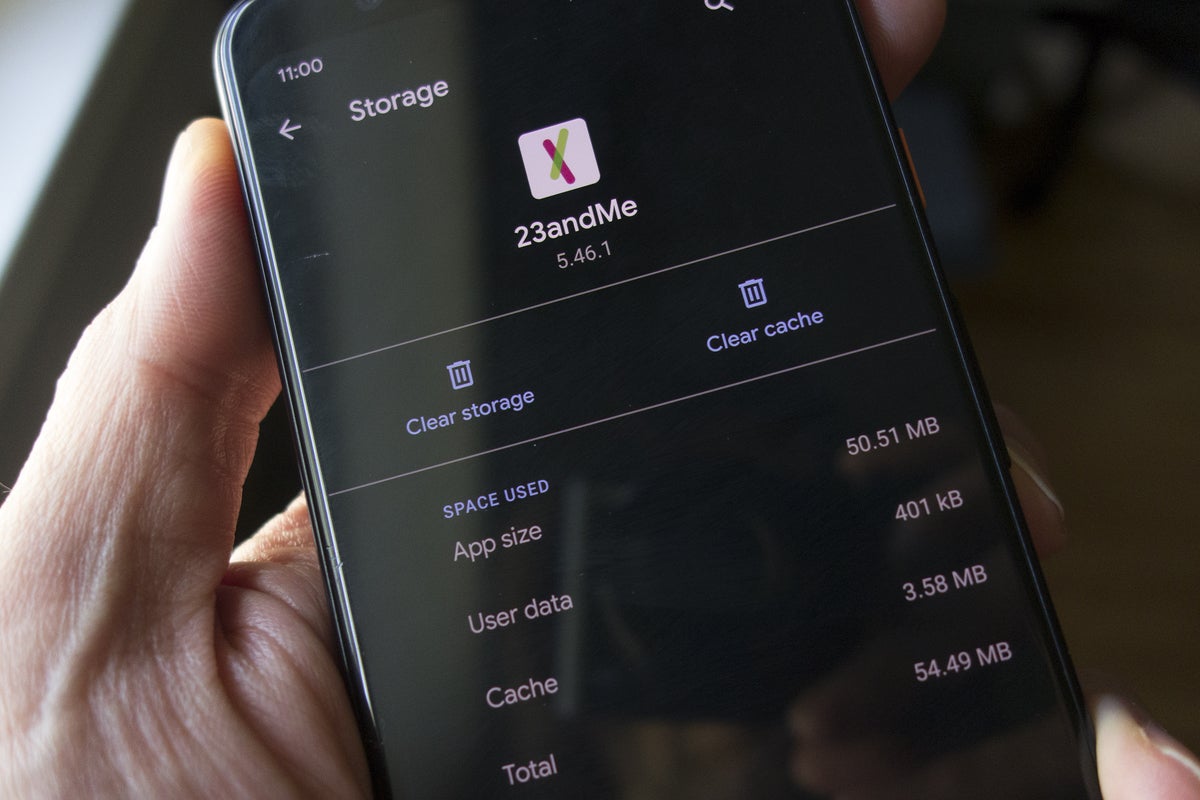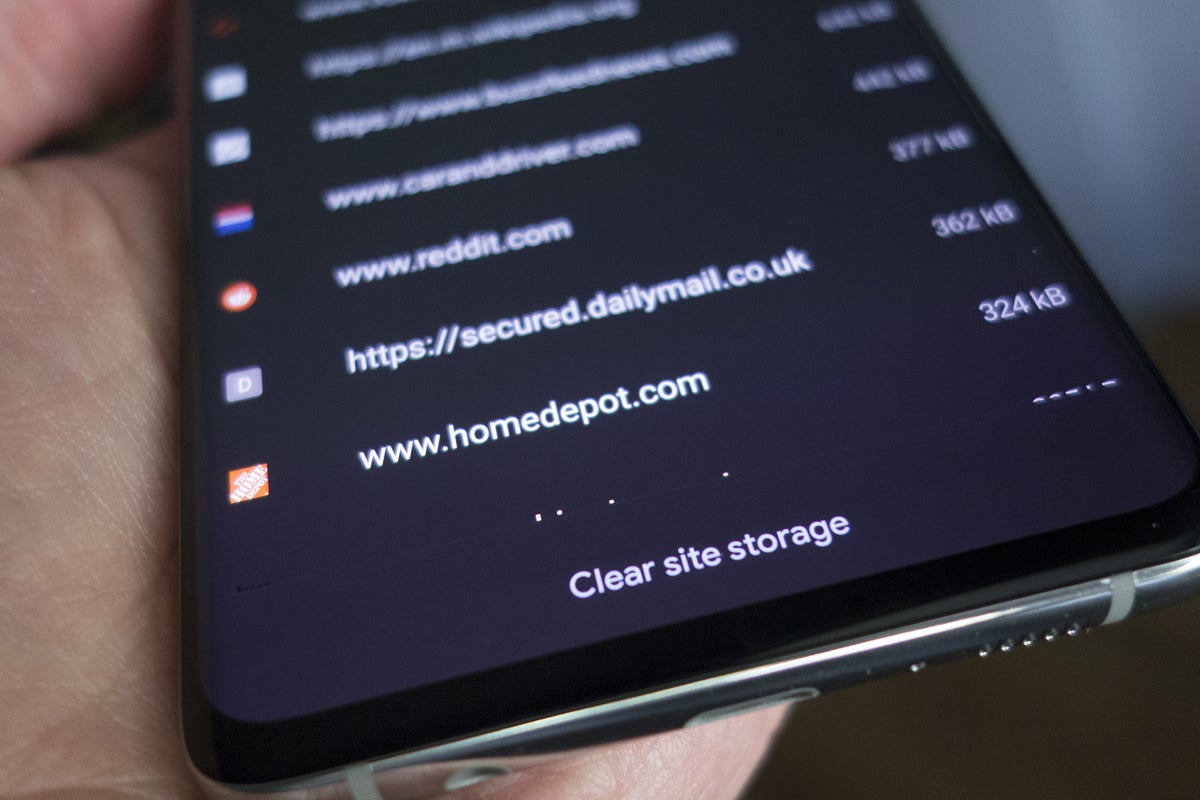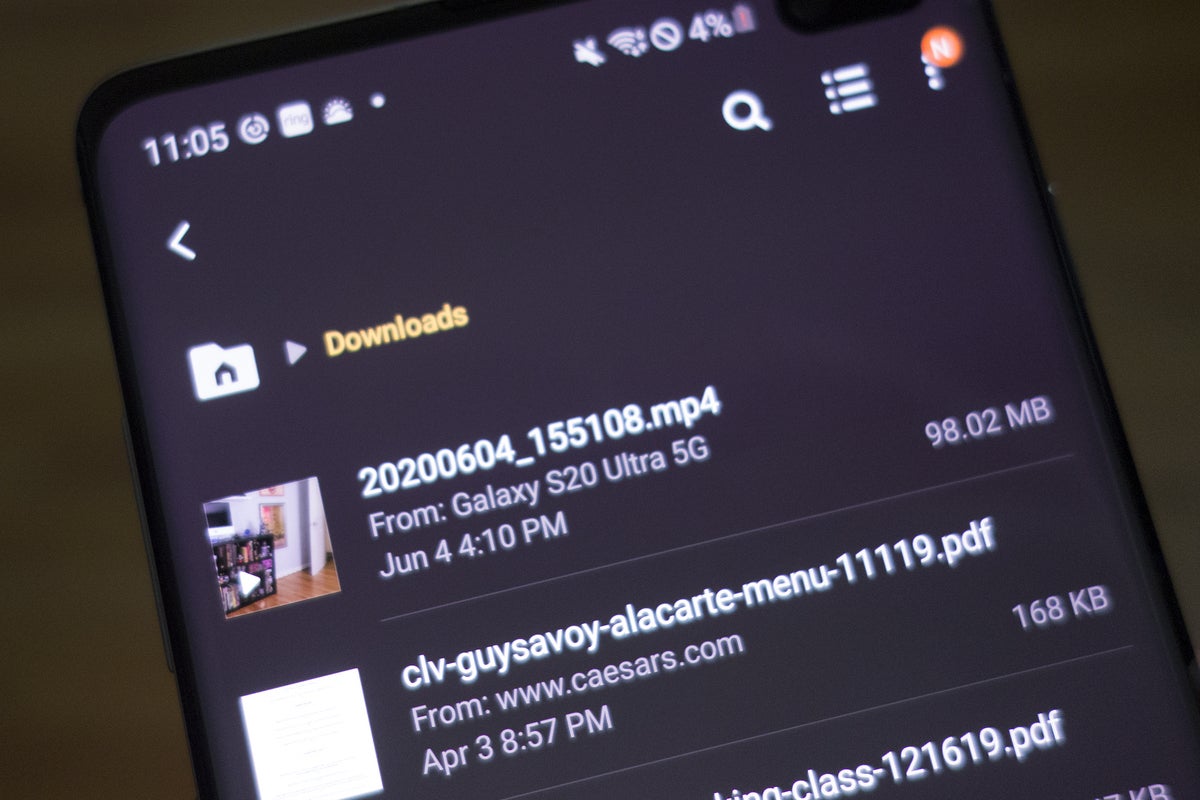
[ad_1]
Updated June 29, 2020 to reflect the latest Android tools.
Few things in life are as annoying as finding that your Android handset refuses to install any more app updates because it’s run out of storage. Unlike many of life’s little annoyances, though, this one’s easy to fix. You can’t do anything about your system files, but you can quickly clear out precious gigs by sweeping up stale downloads, rooting out offline maps and documents, clearing caches, and wiping unneeded music and video files. And if these tips don’t do the trick, check out our picks for the best Android phones for every need and budget.
Clear out all cached app data
 Michael Simon/IDG
Michael Simon/IDGClearing out cache won’t save a ton of space at once but it will add up.
If you dig into the Apps storage setting screen and tap on an individual app, you’ll notice that each app has its own stash of “cached” data—anywhere from a few kilobytes to hundreds of megs, or even more. These caches of data are essentially just junk files, and they can be safely deleted to free up storage space. Select the app you want, then the Storage tab and, finally the Clear Cache button to take out the trash.
Tame your Chrome browser
 Michael Simon/IDG
Michael Simon/IDGChrome can use up a bit of your phone’s space.
One of the biggest background abusers of your phone’s space is a web browser. Each time you visit a site, it stores a little bit for faster loading, and they can add up over time. To bring things back down to size, open Chrome on your Android phone, tap the menu in the top right corner, and open Settings. Then go to Site Settings and scroll down to Storage. At the bottom of the screen, you’ll see a Clear site storage option. Tap it and you might free up a couple of hundred megabytes.
Clean up your Downloads
 Michael Simon/IDG
Michael Simon/IDGYour phone saves everything you’ve ever downloaded so you might need to clear it every once in a while.
Just like on a PC or a Mac, your Android device has a Downloads folder. You’ll find inside the Files app on most phones—though it’s called My Files on Galaxy phones—and It’s a favorite hideout for miscellaneous junk files downloaded from the web or some other app. When you find it, the three-line menu icon in the top corner of the screen and sort the list of downloads by size, then take a look at what’s hogging the most storage space. Then simply tap and hold to select the ones you don’t want and trash them.
Dump photos that are already backed up
One of the best features of Google’s Photos app is its ability to back up your entire photo library to your online Google account. Once your snapshots are safely backed up, Photos can zap any locally stored images to free up more space. Open the Photos app, tap the three-line menu button in the top left corner of the screen, then tap Free up space. The Photos app will let you know how many pictures it can delete from local storage and how much space you’ll save. Tap OK to pull the trigger.
Note: If you’re using the “High quality” setting for unlimited but lower-resolution cloud storage of your backed up photos, keep in mind that the “Free up device storage” feature will delete your full-resolution originals. Make sure you’ve stored them elsewhere before you tap the OK button.
Manage downloaded music, movies, and podcasts
The biggest space suckers on your Android phone are media files. Those albums that you downloaded for a camping trip or a movie for a long plane ride that you simply forgot about can eat up lots of data. Thankfully they’re easy to find and remove. First, head over to the Storage tab in Settings and check the Audio and Video folders to see if there are any files that can be deleted.
[ad_2]
Source link